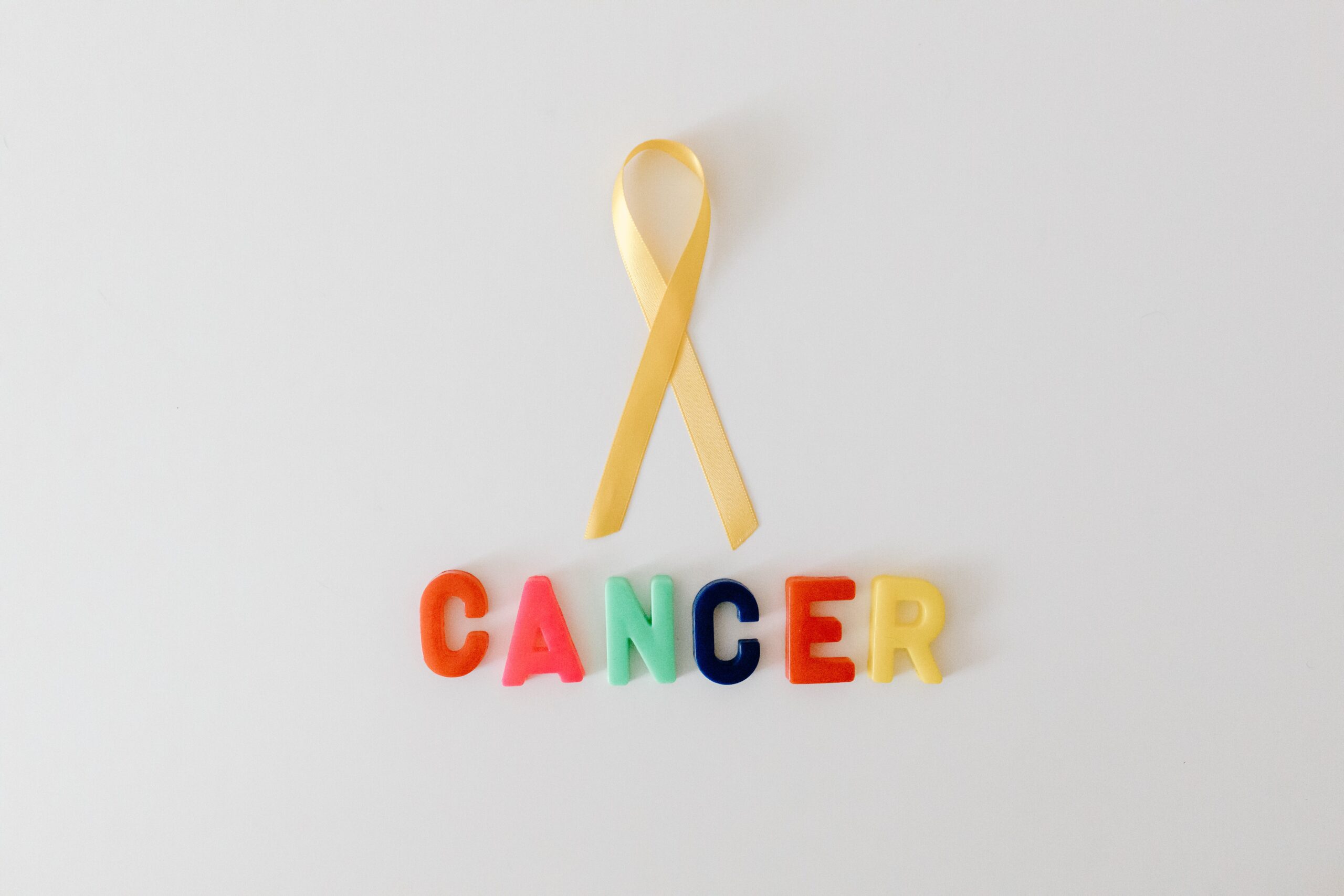Cancer is a broad category encompassing over 200 different types, each classified based on the type of cell they start from or the part of the body they affect. Here’s an overview of the main categories of cancer and their characteristics:
- Carcinomas: Think of these as the “skin and organ” cancers. They start in the outer or inner linings of the body, like the skin, or the lining of the organs (such as the lungs, breasts, and prostate). If someone says they have breast or lung cancer, it’s likely a type of carcinoma.
- Sarcomas: These are the “bone and muscle” cancers. They grow in the body’s supportive and connective tissues, like bones, muscles, fat, and tendons. Imagine the structure that holds you up and moves you; sarcomas can start there.
- Leukemias: Often called “blood cancers,” leukemias don’t form solid tumors. Instead, they cause an increase in white blood cells that are abnormal and don’t function properly. This affects how your blood can fight infection and how other blood functions work.
- Lymphomas and Myeloma: These are “immune system” cancers. Your lymphatic system helps fight infection and disease. Lymphomas affect the lymph nodes (part of your immune system spread throughout your body), while myeloma targets the plasma cells in your bone marrow (also part of the immune system).
- Brain and Spinal Cord Cancers: As the name suggests, these cancers start in the brain or spinal cord. They’re unique because they affect the central nervous system, which controls everything your body does, from moving muscles to processing senses.
Each type of cancer is unique and affects the body differently, which is why doctors choose treatments based on the specific type of cancer a person has. Understanding these basic categories can help demystify some of the complexity surrounding cancer diagnoses and treatments.
Let’s dive deeper into thesome major types of cancer, providing more context and detail about each:
Gynecologic Cancers
These cancers are exclusive to women and affect the reproductive organs. Each type is named after the organ where it begins:
- Cervical Cancer originates in the cervix, the entrance to the womb from the vagina. Human papillomavirus (HPV) infections are a significant risk factor.
- Ovarian Cancer starts in the ovaries, the glands where eggs are produced. It’s often undetected until it spreads within the pelvis and abdomen.
- Uterine Cancer (also known as endometrial cancer) begins in the uterus, the organ where a fetus develops. The most common symptom is abnormal vaginal bleeding.
- Vaginal and Vulvar Cancers start in the vagina and vulva, respectively. Like cervical cancer, HPV infection can increase the risk.
Head and Neck Cancers
These start in different parts of the head and throat, excluding the brain and eyes. They can affect areas like the mouth, nose, and throat. Tobacco use, alcohol consumption, and HPV infection are major risk factors.
Kidney Cancer
Also known as renal cancer, it begins in the kidneys, organs that filter waste from the blood to produce urine. Kidney cancer affects the organ’s ability to filter blood and remove waste. Risk factors include smoking, obesity, and high blood pressure.
Liver Cancer
This type starts in the liver, an organ that performs critical functions, including detoxification and protein synthesis. Chronic hepatitis B and C infections and chronic heavy alcohol consumption are among the leading risk factors. Symptoms might not appear until the cancer is advanced.
Lung Cancer
The leading cause of cancer death worldwide, lung cancer, starts in the lungs. Affects lung function, causing symptoms like coughing, chest pain, and breathing difficulties. Smoking is the most significant risk factor, though non-smokers can also develop lung cancer, often due to exposure to radon gas or secondhand smoke. Treatments like surgery, radiation, and chemotherapy can be effective, especially when diagnosed early.
Mesothelioma
This rare cancer is associated with asbestos exposure and affects the lining of the lungs, chest, abdomen, and heart. It’s challenging to treat due to its aggressive nature and late detection.
Myeloma
Myeloma, or multiple myeloma, is a cancer of the plasma cells in the bone marrow. Plasma cells help fight infection, but when cancerous, they multiply uncontrollably and produce abnormal proteins that can cause kidney damage and other problems. Early-stage myeloma might not require immediate treatment, but advanced cases can be treated with chemotherapy, stem cell transplants, and targeted therapy.
Ovarian Cancer
This cancer begins in the ovaries and is notoriously difficult to detect in its early stages because it often does not produce specific symptoms until it has spread. ovarian cancer causes more deaths than any other cancer of the female reproductive system. Its treatment involves surgery and chemotherapy.
Prostate Cancer
Prostate cancer starts in the prostate gland in men, can cause urinary problems. It’s one of the most common types of cancer in men and tends to grow slowly. Screening can help detect it early on. Regular screening is advised for men over 50 or those at high risk.
Skin Cancer
The most common type of cancer, which can be largely prevented by protecting skin from excessive sun exposure and avoiding indoor tanning. Affects the skin’s cells, leading to moles or patches that change in size, shape, or color.
Brest Cancer
It affects breast tissue, can lead to lumps, shape changes, and skin alterations. It Can be very aggressive if not caught early, but many types grow slowly. Highly treatable when detected early, with treatments including surgery, radiation, and chemotherapy.
Pancreatic Cancer
It affects the pancreas, often detected late due to subtle symptoms. Generally considered aggressive and difficult to diagnose early. It i less curable because of late detection,treatment may include surgery, chemotherapy, and radiation.

For more detailed information on these and other types of cancer, reputable health organizations such as the American Cancer Society and the Centers for Disease Control and Prevention (CDC) is recommended. These resources offer comprehensive overviews and are valuable for anyone seeking to understand cancer more deeply.






